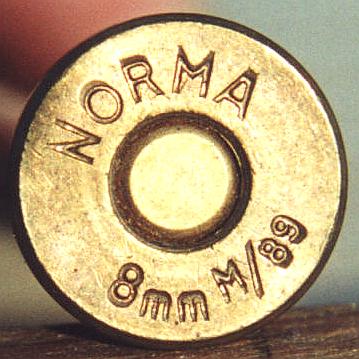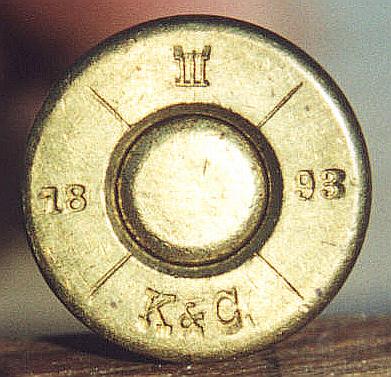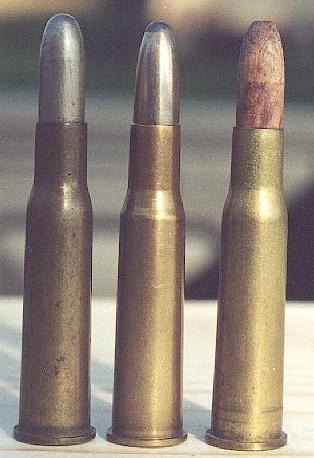Case dimensions for 8x58R Danish from Denmark & Sweden.
Danish military issue case dated 1931:
case OAL = 2.272"
head diameter = .501"
rim diameter = .574"
rim thickness = .058"
bullet diameter
at case mouth = .323"
Norma commercial 8x58RD
headstamp = Norma 8mm m/89
case OAL = 2.266"
head diameter = .501"
rim diameter = .576"
rim thickness = .059"
bullet diameter
at case mouth = .323"


|
   
   
|


|









 Reply With Quote
Reply With Quote










